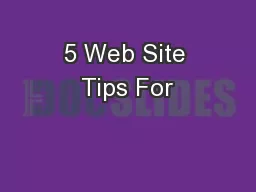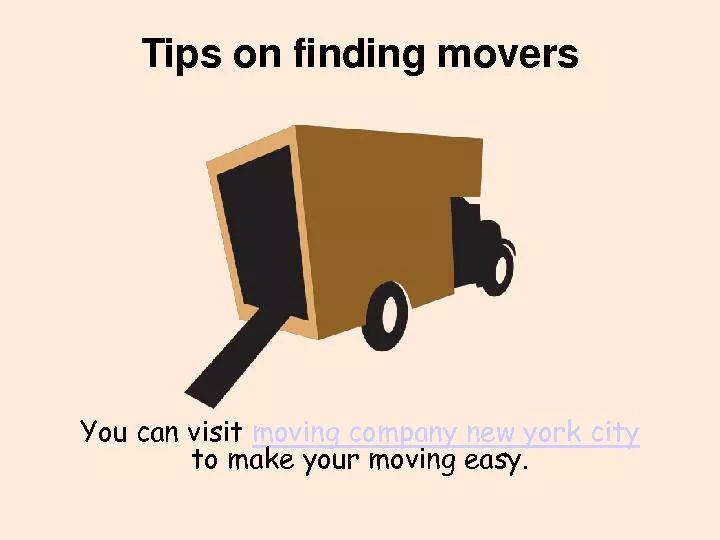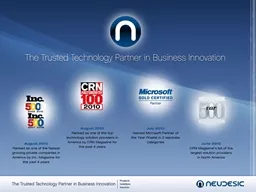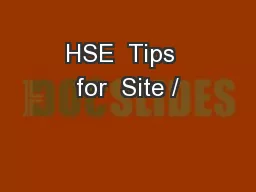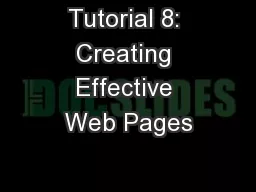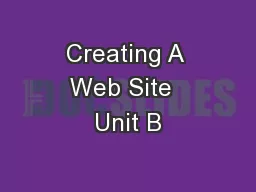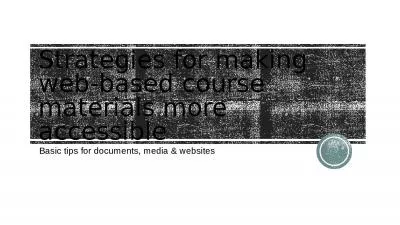PPT-5 Web Site Tips For
Author : calandra-battersby | Published Date : 2015-09-15
Getting Found Online amp Driving Traffic Leads amp Sales Almost every business needs a website to reach buyers in the Internet age A companys website is its
Presentation Embed Code
Download Presentation
Download Presentation The PPT/PDF document "5 Web Site Tips For" is the property of its rightful owner. Permission is granted to download and print the materials on this website for personal, non-commercial use only, and to display it on your personal computer provided you do not modify the materials and that you retain all copyright notices contained in the materials. By downloading content from our website, you accept the terms of this agreement.
5 Web Site Tips For: Transcript
Download Rules Of Document
"5 Web Site Tips For"The content belongs to its owner. You may download and print it for personal use, without modification, and keep all copyright notices. By downloading, you agree to these terms.
Related Documents

